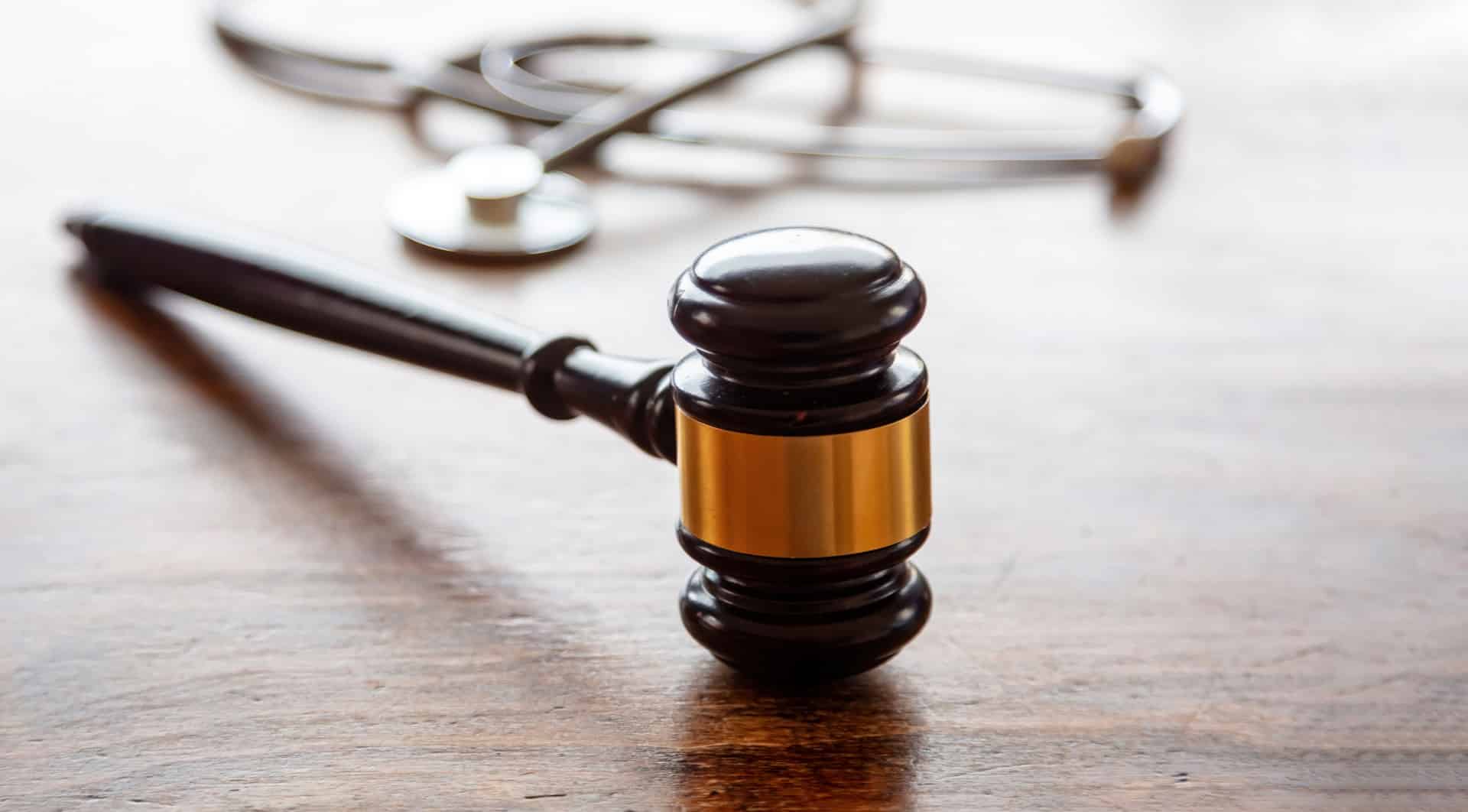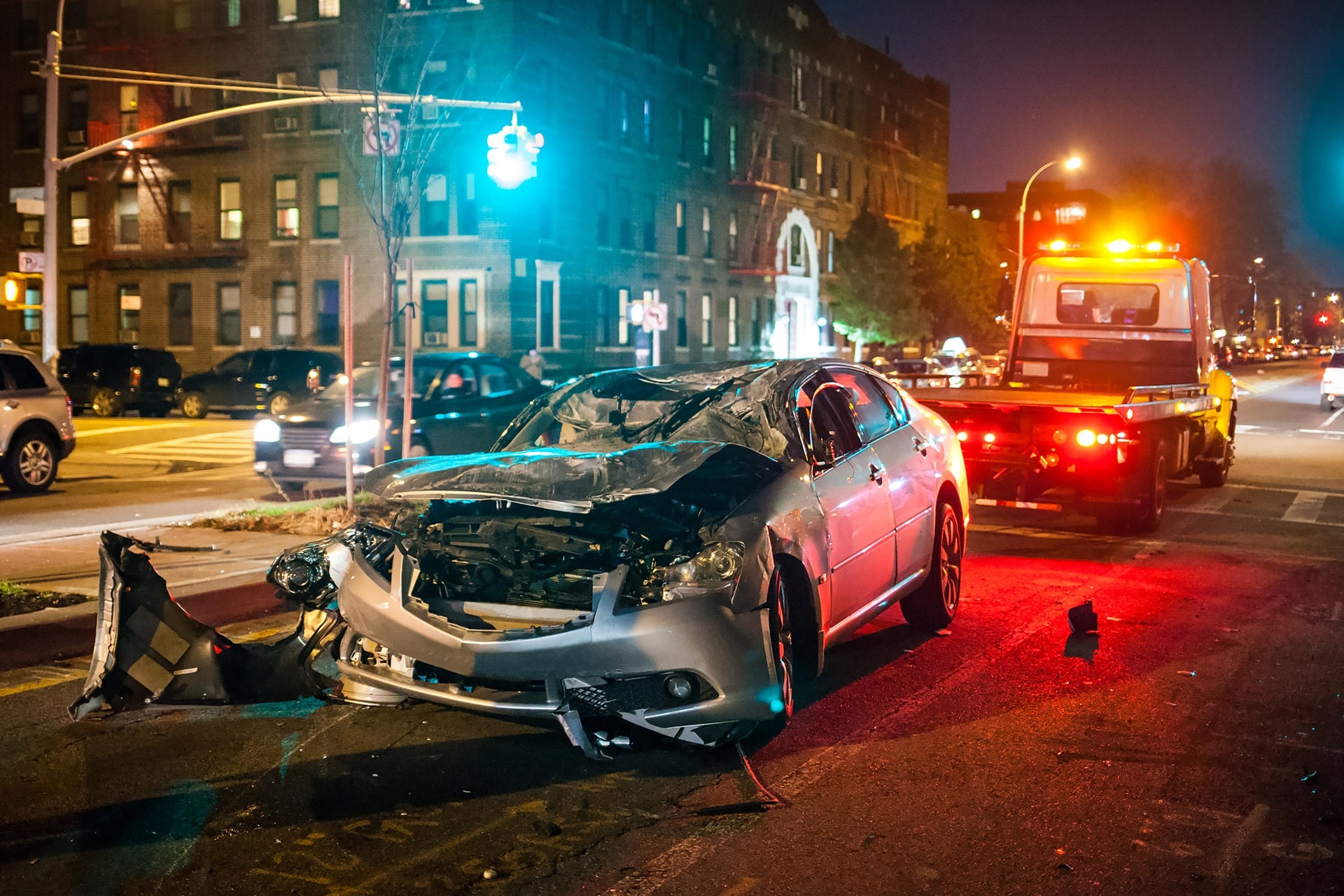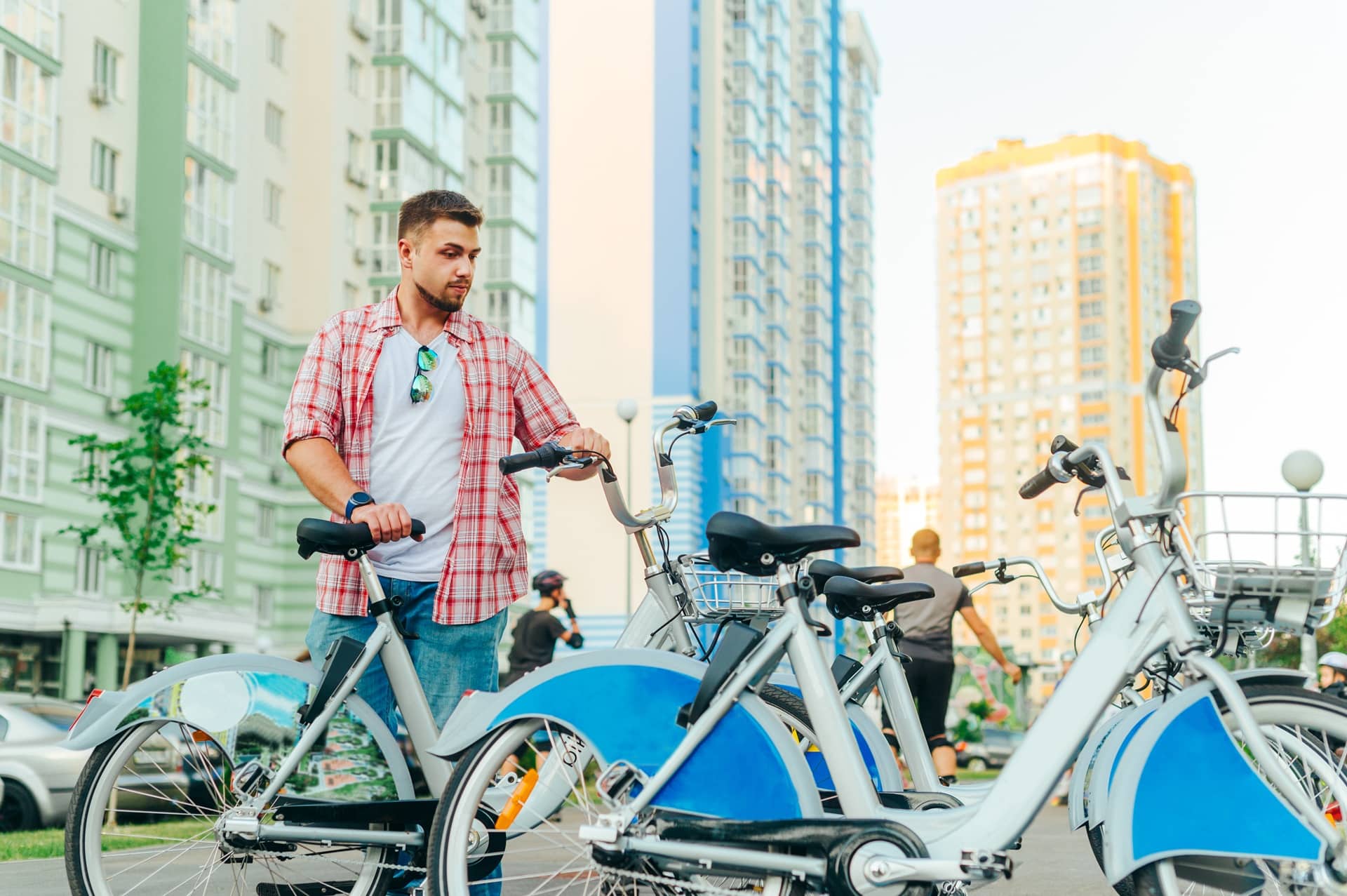E-scooters have soared in popularity on city streets in recent years, partly due to the convenience that comes with small, motorized transport. But with that convenience comes the need for heightened awareness from both scooter and motor vehicle operators, especially while traveling close to one another. The slightest distraction by either operator can result in a serious accident involving catastrophic injuries.
According to the Consumer Product Safety Commission, 25,400 e-scooter accidents resulted in emergency room care in 2020, a significant increase from 2017, when e-scooter collisions accounted for 7,700 ER visits. The most common injuries involved damage to the neck, head, and lower and upper limbs.
Some people jump on an e-scooter on a whim looking for fast (and alluringly fun) way to get around a city. It’s easy to rent through apps such as Uber and Lime and while making a split-second decision to try an e-scooter, safety considerations may not be top of mind. For those who suffer injuries, however, their quick decision can lead to lengthy recovery times and large medical bills.
E-scooter origins
The prevalence of e-scooters in the 1990s and 2000s can be traced back to the early part of the 20th century. Branded as “Motopeds,” the vehicles entered the market in 1915. Combining a modified child’s scooter with a mounted small motorcycle engine, the new-fangled transports could reach speeds close to 30 miles per hour.
Three years later, Eveready invested in the company, adding a battery and coil fitted to the gas engine. Not all that popular in the marketplace, scooters were used by some postal employees at that time.
Coming of age
Fast forward to 1996, the Peugeot Scoot’Elec became the first mass-produced electric scooter, albeit heavier and reliant on less-than-environmentally friendly cadmium batteries. Top speeds grew to 31 mph and held a charge for 29 miles.
In 2009, the scooter’s modern and much lighter iteration came of age with chargeable lithium-ion batteries. For consumers, the vehicles were more affordable and became a part of micromobility services in major cities. Nearly 400,000 are available for public use. Uber and Lime entered the fray by offering approximately 85,000 for rental.
Deadly dangers
While concerns surround scooter safety, particularly when interacting with pedestrians and larger vehicles, Statista reports that 70 percent of city residents view e-scooters positively. However, with both popularity and acceptance, e-scooter accidents continue at an alarming rate.
From 2017 through 2020, more than 190,000 emergency room visits involved e-scooters, according to the Consumer Product Safety Commission. The study revealed an alarmingly increase occurring before a welcome decrease two years ago:
- 2017 – 7,700
- 2018 – 14,500
- 2019 – 27,700
- 2020 – 25,400
Three types of e-scooter accidents dominate the statistics. Eighty percent were caused by falls. Collisions with other objects came in at 11 percent. Nine percent involved being struck by a moving object or vehicle.
Adding to the growth in collisions, only 4.4 percent of riders wear helmets, according to the JAMA network. A large part of the problem is the laws that vary nationwide. Many cities and states do not mandate riders over 21 years old to wear helmets while traveling. The aftermath has resulted in 40 percent of scooter travelers going to the emergency room.
While fatalities are somewhat rare, with 30 between 2018 and 2021, e-scooters do not enjoy the luxury of protection that comes with larger motor vehicles. Eighty percent of electric scooter deaths involve cars, the most common involving intersections when scooters approach from drivers’ right sides.
The aftermath of an accident
Fear and confusion are common emotions following an e-scooter accident, particularly a collision where negligence played a significant role. The aftermath involves pain from injuries and severe, potentially life-changing injuries.
A complimentary review of your case from our experienced personal injury attorneys at Menzer Law is available for you and your family to understand the options available under the law. Contact the firm to learn how we can help.
Disclaimer: This content is written for educational purposes and is intended to provide general information and understanding of the law. The information should not be as a substitute of legal advice from a licensed attorney in your state.





